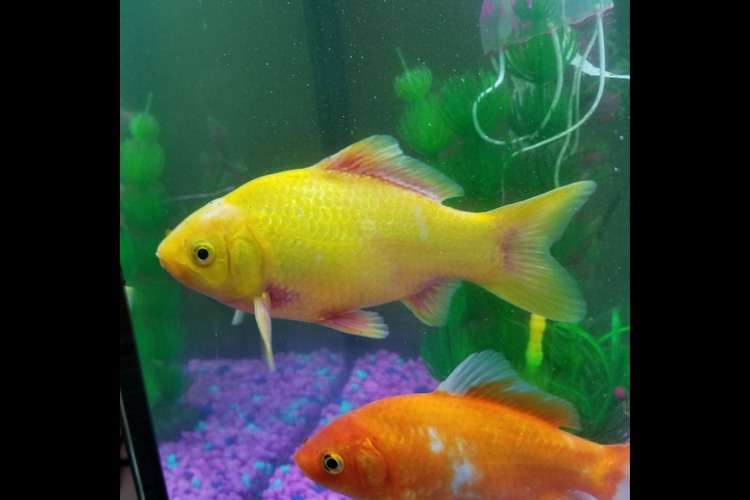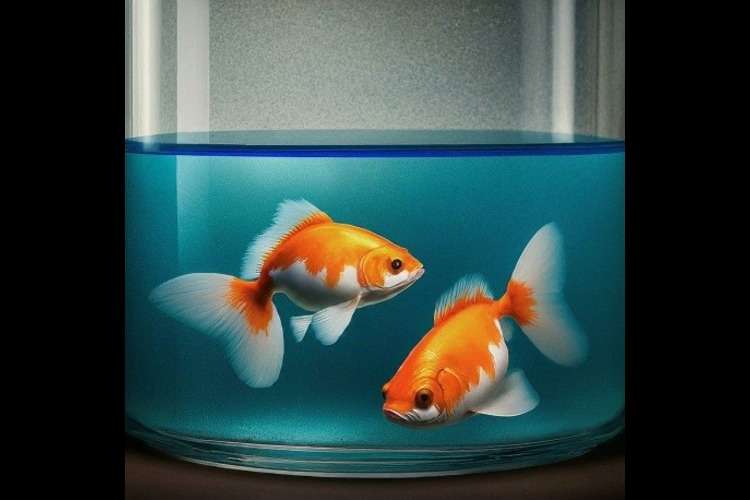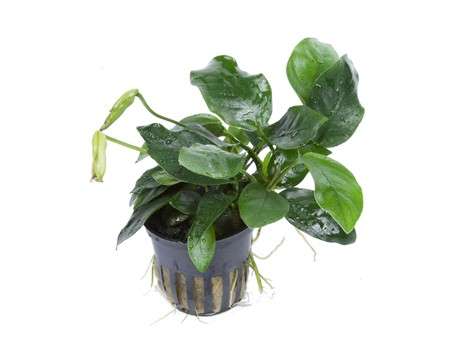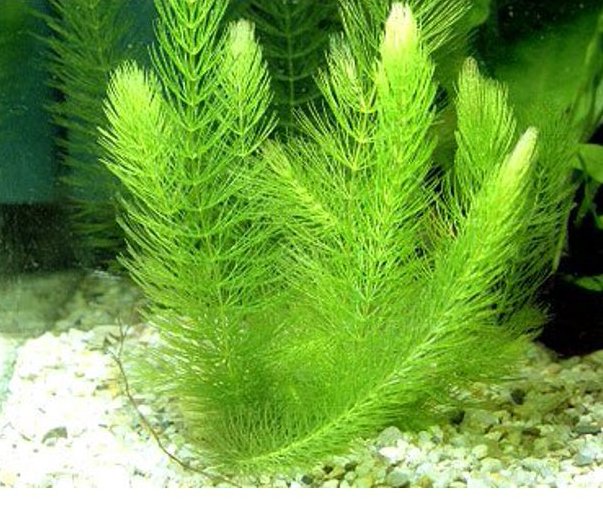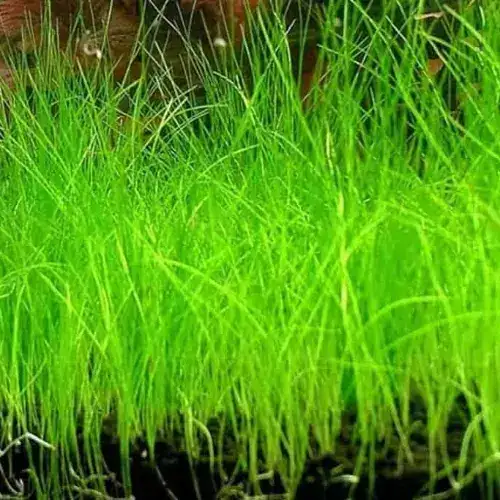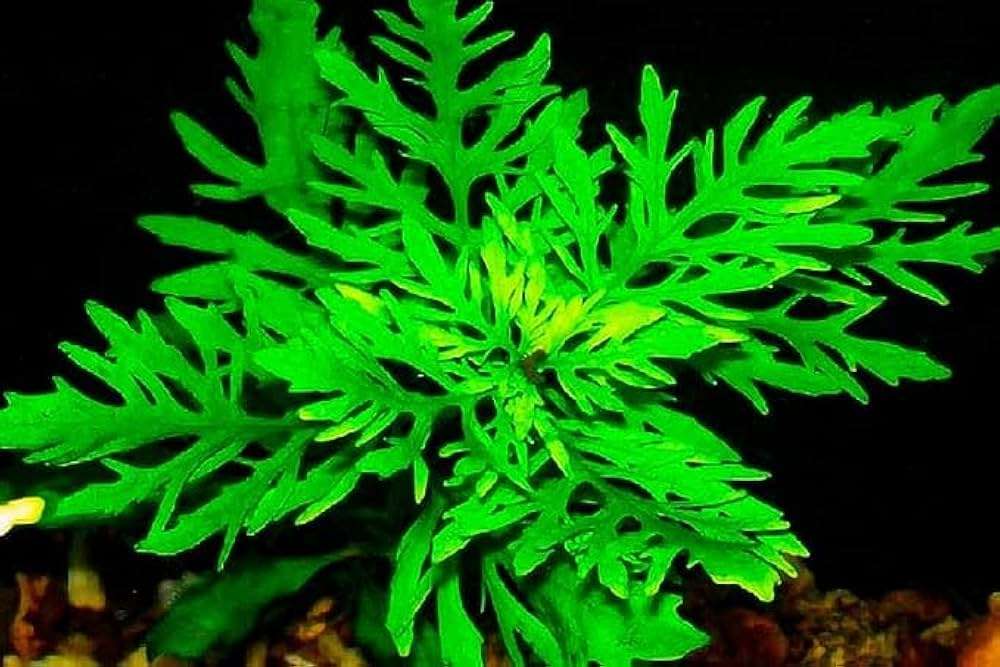The Complete Guide to Betta Fish and Their White Bubble Nests
Learn about betta fish bubble nests, why they're built, what they mean, and how to care for your betta’s health and environment effectively.
Table of Contents
- What Are These White Bubbles?
- The Truth Behind the Bubbles: A Betta Fish Bubble Nest
- Why Do Betta Fish Build Bubble Nests?
- When Do Betta Fish Build Bubble Nests?
- How Long Does a Bubble Nest Last?
- How to Care for a Bubble Nest
- What to Do If Your Betta Builds a Bubble Nest
- Caring for Your Betta During Nesting
- Bubble Nests and Tankmates
- Do Female Bettas Build Bubble Nests?
- Faq
- Conclusion
If you’ve noticed clusters of tiny white bubbles floating on the surface of your betta fish’s tank, you might be wondering what they are. These bubbles often appear in corners or along the edges of the water, and their presence can be puzzling to new betta owners. Rest assured, these bubbles are not harmful to your fish or the tank environment. Instead, they are a natural part of your betta’s behavior.
What Are These White Bubbles?
The white bubbles you see on the water’s surface are actually part of a fascinating behavior exhibited by male betta fish. These bubbles are formed using air and a mucus-like substance from the fish’s mouth. They stick together to form a cluster that floats and remains intact even in calm water conditions. But what purpose do they serve?

The Truth Behind the Bubbles: A Betta Fish Bubble Nest
These clusters of bubbles are known as bubble nests, a structure created by male bettas as part of their reproductive behavior. Bubble nests are a sign of a healthy and mature male betta, ready for breeding. In the wild, these nests are built to house fertilized eggs and protect them during their development.
Even if your betta fish lives alone and has no mate, he may still build a bubble nest. This instinctive behavior shows that your betta is thriving and comfortable in his environment.

Why Do Betta Fish Build Bubble Nests?
 Betta fish build bubble nests as part of their reproductive process. In their natural habitat, male bettas construct these nests to attract females. Once a female lays eggs, the male collects them in his mouth and places them into the nest. He then guards the nest and tends to the eggs until they hatch.
Betta fish build bubble nests as part of their reproductive process. In their natural habitat, male bettas construct these nests to attract females. Once a female lays eggs, the male collects them in his mouth and places them into the nest. He then guards the nest and tends to the eggs until they hatch.
The presence of a bubble nest in a tank doesn’t necessarily mean your betta is lonely or needs a mate. It’s simply an indication of good health and suitable tank conditions.

When Do Betta Fish Build Bubble Nests?
Bubble nests are often built when:
• The male betta is mature (usually around 4-12 months old).
• The tank conditions are optimal, including clean water, the right temperature, and low stress levels.
• The male betta is well-fed and feels secure in his environment.
How Long Does a Bubble Nest Last?
A bubble nest can last for several days to a week, depending on the water conditions and tank environment. However, the nest will gradually dissipate if the water is disturbed or if the tank’s filtration creates strong currents. Male bettas often maintain and rebuild their nests by adding more bubbles.

How to Care for a Bubble Nest
If you notice a bubble nest in your betta’s tank, here’s how you can ensure it remains intact:
Minimize Water Movement: Keep the water surface calm by reducing the flow rate of filters or using sponge filters.
Avoid Frequent Water Changes: If you need to clean the tank, try to do partial water changes and avoid disturbing the area where the nest is located.
Maintain Clean Water: Use a water conditioner and ensure the tank’s water is clean and free from toxins like ammonia, nitrites, and nitrates.
Provide Ideal Conditions: Keep the water temperature between 78-82°F (25-28°C) and maintain a pH level between 6.5 and 7.5.
What to Do If Your Betta Builds a Bubble Nest
If your betta builds a bubble nest, it’s a good sign that he’s thriving. Here’s what you can do:
Observe and Enjoy: Bubble nests are a natural behavior and an indicator of a content fish.
Avoid Disruption: Try not to break or disturb the nest unnecessarily.
Encourage Natural Behavior: Ensure the tank environment remains consistent and supportive.
Caring for Your Betta During Nesting
Betta fish don’t require special care during the nesting period, but maintaining a stress-free environment is essential:
Avoid Overcrowding: Male bettas are territorial and should ideally be housed alone. If you plan to introduce a female for breeding, ensure proper supervision and remove her after mating.
Feed a Nutritious Diet: Provide a varied diet of high-quality pellets, freeze-dried bloodworms, or brine shrimp to keep your betta healthy and energetic.
Provide Hiding Spots: Decorate the tank with plants, caves, or other hiding spots to help your betta feel secure.
Bubble Nests and Tankmates
If your betta shares the tank with other fish, ensure the nest’s safety by keeping tankmates that are peaceful and non-intrusive. Avoid aggressive or fin-nipping species, as they may stress your betta or damage the nest.

Do Female Bettas Build Bubble Nests?
Female bettas do not typically build bubble nests. However, they may interact with a nest during the breeding process, laying eggs that the male collects and places in the nest.
Faq
1. What are bubble nests?
Clusters of bubbles made by male bettas as part of their breeding behavior.
2. Why do bettas build bubble nests?
To house and protect fertilized eggs during reproduction.
3. Does a bubble nest mean my betta needs a mate?
No, it’s a natural behavior and shows good health.
4. How can I keep a bubble nest intact?
Minimize water movement, avoid disruptions, and maintain clean water.
5. How long do bubble nests last?
They last a few days to a week, depending on water conditions.
6. What should I do if my betta builds a nest?
Observe and avoid disturbing the nest.
7. Do female bettas build nests?
No, only males build bubble nests.
8. What conditions encourage nest-building?
Warm, clean water, stable pH, and a secure environment.
9. Can other fish harm the nest?
Yes, aggressive or fin-nipping fish can damage it.
10. Is a bubble nest a sign of health?
Yes, it indicates a healthy and happy male betta.
Conclusion
A bubble nest is a fascinating and heartwarming sign that your male betta is healthy and comfortable in his environment. By understanding this behavior and providing proper care, you can ensure your betta continues to thrive and display his natural instincts. Enjoy the beauty of this unique aspect of betta fishkeeping and celebrate the connection between you and your aquatic pet.



